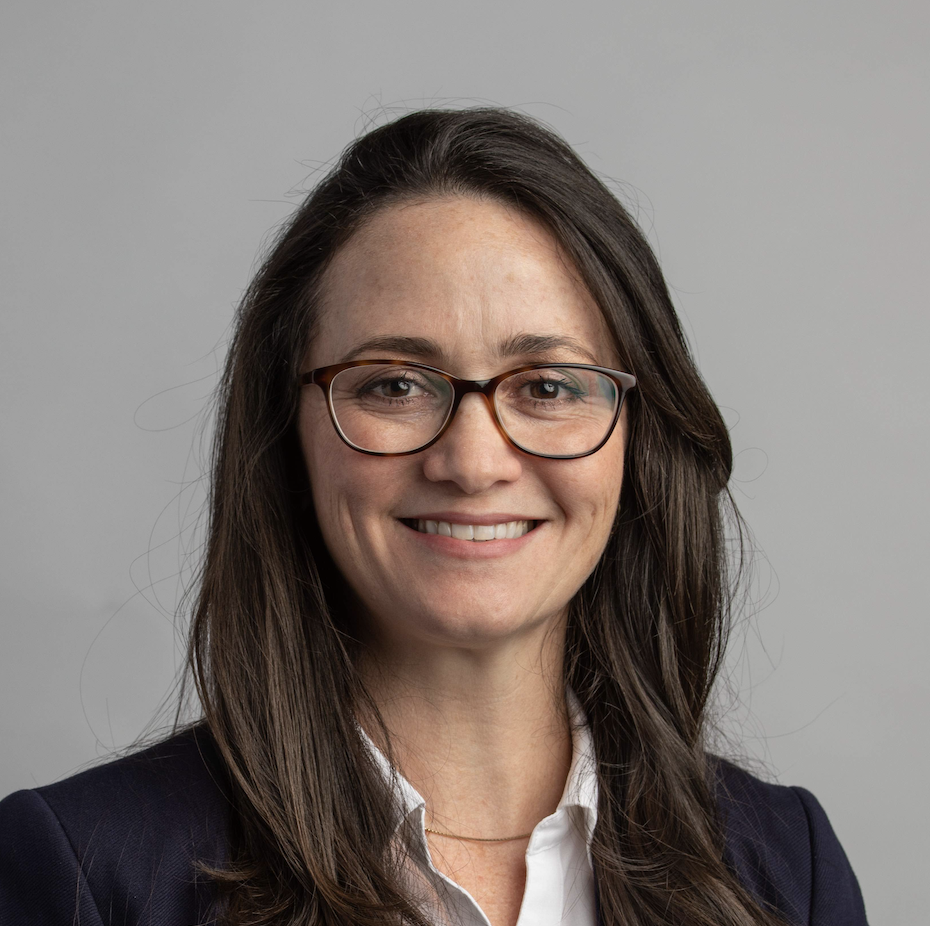High school students learned teamwork, project management, and art when they painted a mural for a popular pastry shop in Conway. Little did they know they also would get a real-world civics lesson in censorship.
Just days after they unveiled their playful design above the entrance at Leavitt’s Country Bakery, the zoning police showed up and declared the artwork illegal. The problem was not libel or scandalous imagery. The mural merely depicts sunbeams shining over a New England mountain range made of muffins, donuts, and other pastries.
No words are included. The store displays its name separately, although locals would know the building without advertising.
Leavitt’s has served baked goods in the same location for 45 years. Despite the mural’s harmless nature, the town claimed authority to regulate it as a “sign” because it depicts products like those sold inside.
By the same logic, Van Gogh’s sunflowers would count as advertising if displayed on a florist shop. Salvador Dalí’s dreamscape with limp watches would count as advertising on a jewelry store. And the “American Gothic” farmer holding a pitchfork would count as advertising on a hardware store.
The word games matter in Conway because the town imposes size restrictions on signs, but not on murals. If the town treats the Leavitt’s food-themed painting as a sign, it would be over the square footage limit. Zoning officials told the owner, Sean Young, he cannot keep the mural as it is—and if he does not comply, he risks fines of hundreds of dollars per day and even criminal charges.
Yet murals are speech under the First Amendment. So rather than accepting the town’s determination that he violated the law by supporting student art, Young filed a constitutional lawsuit against the city on Jan. 31. Our public interest law firm, the Institute for Justice, represents him.
“If the kids had painted real mountains instead of donut mountains, it would be considered art, I guess. But I’m not in the business of telling kids what to paint,” Young says. “I don’t think the government should be able to tell them what to paint either.”
The situation started when Young agreed to let a Kennett High School art teacher and her students use space on the Leavitt’s building for a community project. “We were happy to be involved,” says Young, who bought the business in 2020.
Customers had suggestions for the mural, but Young gave the students creative freedom. He didn’t even know what the mural would look like until the panels the students had painted started arriving for installation. “We just left it up to the students,” he says. “And at the big reveal, we were pleasantly surprised.”
Zoning officials were less thrilled.
Some sign code enforcement makes sense, like regulations about the physical nature of a sign that has something to do with public health and safety. But regulators go too far when they become art critics and start regulating based on the subject matter of a painting.
Government overreach is common. Zoning officials have attacked a coffeeshop mural in New Jersey, a saloon mural in North Dakota, a bakery mural in Tennessee, and dog park and pizzeria murals in Virginia. St. Louis officials even targeted political speech in 2007, when they tried to remove a mural that criticized the city’s aggressive use of eminent domain.
The First Amendment violations continue, despite a unanimous ruling from the U.S. Supreme Court in 2015, upholding the right of a local church to post signs announcing the time and location of worship services. In that case, Reed v. Town of Gilbert, Arizona, the high court held that municipalities cannot treat signs and other displays differently based on their content.
Paintings of sunflowers, watches, pitchforks, and donuts should get the same treatment, regardless of what business owners sell inside their stores. Conway code enforcers ignore this rule when they tell Young that Leavitt’s Country Bakery can display images of anything except baked goods.
The arbitrary crackdown on speech sends a bad message to high school students who care about civic engagement. “I don’t think we should have to get permission from the zoning board to display local artwork,” Young says. “That can’t be constitutional.”






